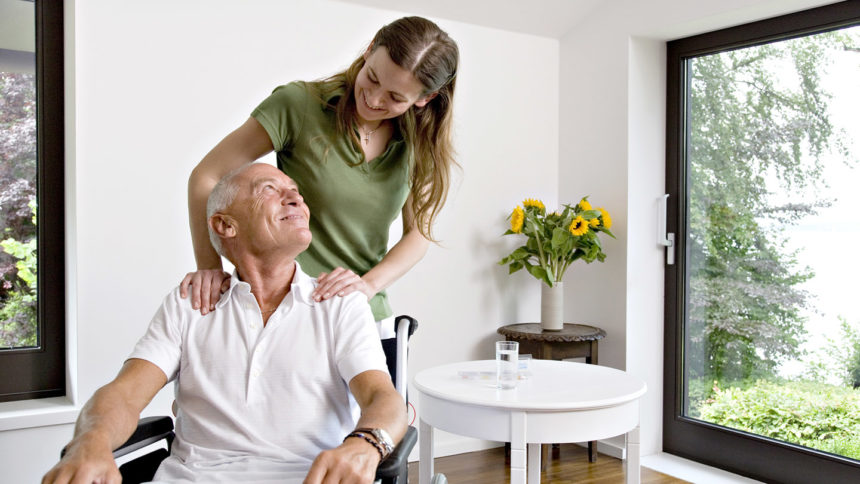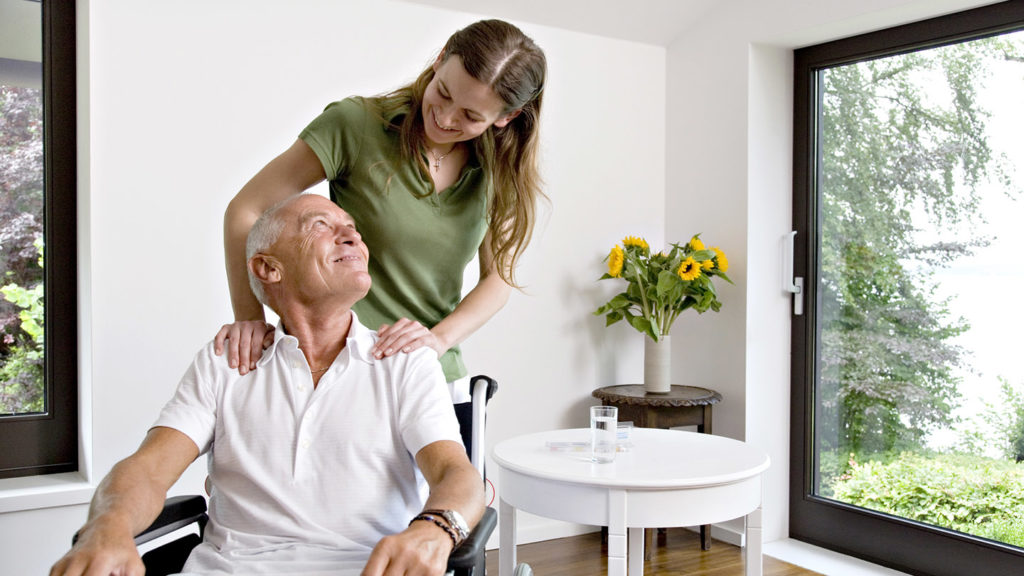

A total of 1.65 million Medicaid beneficiaries received home- and community-based services through section 1915(c) waiver programs in 2019, according to a report released Friday by the Centers for Medicare & Medicaid Services.
Of these recipients, 36.8% were fee-for-service beneficiaries, and 9% were managed care beneficiaries.
In assisted living communities, program-based HCBS typically are offered through section 1915(c) waiver programs.
Other findings of the report:
- Across all HCBS program types, 1.9% of Medicaid beneficiaries used section 1915(c) waiver program services in 2019.
- In states with 1915(c) waiver users, use of the waivers ranged from a high of 85.5% of all HCBS users in Indiana to a low of 2.6% of all HCBS users in Michigan.
Such data on the use of long-term services and supports across different HCBS and institutional categories can help states respond to rebalancing trends and plan for HCBS growth, according to the authors.
The report uses two definitions of LTSS: the long-standing categories of LTSS used by CMS and tracked via the Medicaid LTSS annual expenditures reports, and the categories defined by the American Rescue Plan Act of 2021.
Using CMS data, 8.8 million beneficiaries across 48 states received LTSS in 2019 — 85% (7.5 million beneficiaries) received HCBS, 18.4% received institutional services and 3.5% received both.
Of the 8.8 million LTSS beneficiaries identified based on the ARP definitions, 84.3% (7.4 million beneficiaries) received HCBS, 19% received institutional services and 3.3% received both.
Over the past several decades, states have rebalanced their LTSS systems by increasing HCBS access and reducing reliance on institutional care such as skilled nursing facilities. Changes in Medicaid policy options and state delivery models, along with consumer preference toward receiving LTSS in the community, have led to shifts in Medicaid LTSS use, according to the report.
Programs can provide a combination of standard medical and non-medical services, including personal care, case management, homemaker, home health aide, adult day health services, habilitation and respite care. States also can propose other types of services that can help divert and/or transition individuals from institutional settings into their homes and communities.
According to the report, the proportion of national LTSS spending dedicated to HCBS has been increasing, but institutional service users spend a disproportionate share of Medicaid expenditures.
In 2019, institutional service users were only 2% of Medicaid beneficiaries (18.9% of LTSS users), but institutional service expenditures accounted for 14.1% ($64.7 billion) of total Medicaid spending.
In comparison, 8.8% of Medicaid beneficiaries used HCBS (85% of LTSS users), and HCBS expenditures were 20.3% ($92.9 billion) of total Medicaid spending. This equates to $40,000 per institutional service user compared with $12,000 per HCBS user, according to the report.
Moving forward, the report authors stated that CMS and state Medicaid programs can use both LTSS expenditures and user count information to better understand LTSS balancing efforts. The report also recommends that future research focus on developing methods to better distinguish long-term users from short-term users.


